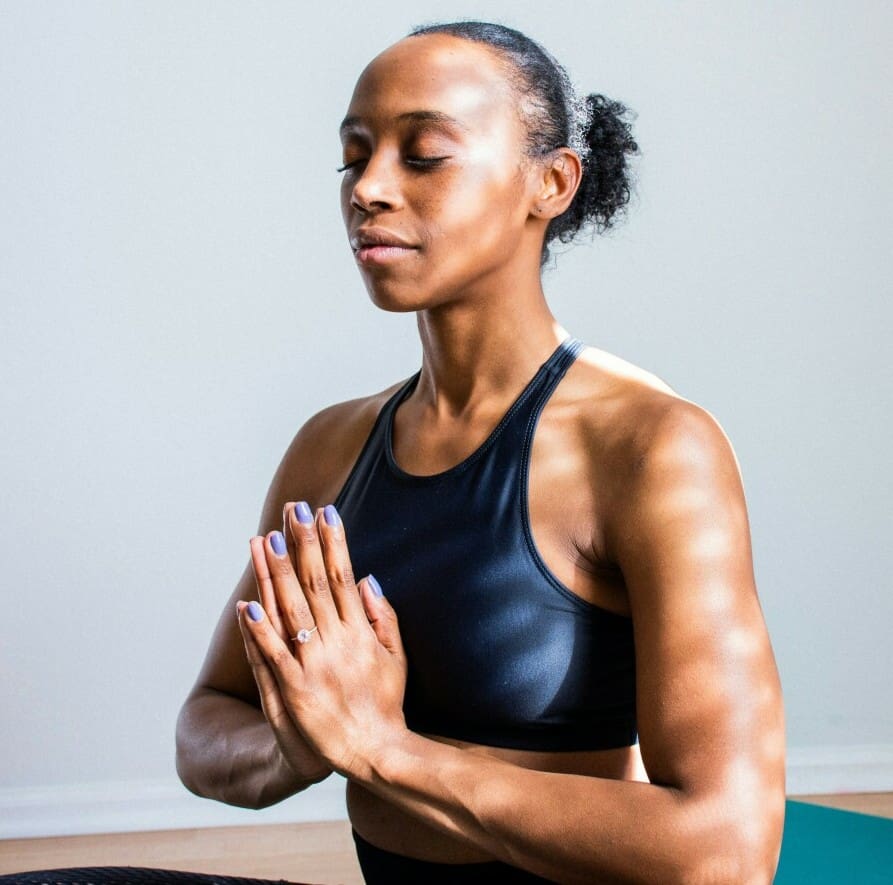I’m going to let you in on a crucial aspect of preparedness that sometimes gets overlooked: mastering essential first-aid skills. If you’re a prepper, you already know the importance of being ready for just about anything. But have you paid enough attention to first aid? This isn’t just about stockpiling supplies; it’s also about having the know-how to use them effectively when the unexpected strikes.

Now, why is first aid knowledge so critical in survival situations? Picture this: You’re in a scenario where medical help isn’t immediately available, and someone’s well-being is in your hands. That’s when your first aid skills can make the difference between life and death.
Table of Contents
- Applying First Aid Skills in Diverse Emergency Situations
- Transforming First Aid Knowledge into Lifesaving Action
What should be on your checklist then? You’ll need to learn how to manage common emergencies like cuts, burns, broken bones, and cardiac events. But it’s not just about memorizing procedures; it’s about understanding the principles behind them. That includes recognizing when to act and when it might be safer to wait for professional help.
Let’s get specific! Here’s what you should aim to cover: CPR and the use of an AED, wound care, fracture management, treatment for burns and frostbite, and how to recognize signs of distress like shock or a stroke. Pick up skills that will enable you to respond confidently, no matter the emergency.

You’re going to find out about how these common first-aid skills can be used in a variety of emergencies as we progress to the next section. This is just the foundation. By building strong knowledge here, you’re setting yourself up to adapt and apply these essential skills in any situation you might face. That’s what being a well-rounded prepper is all about.
Applying First Aid Skills in Diverse Emergency Situations
You’re going to find out about how a solid foundation in first aid can serve you across a spectrum of crises. Whether it’s a natural disaster or an unexpected injury at home, the skills you hone today can quite literally make the difference between life and death tomorrow.

Let’s look at some real-world examples. Remember the earthquake that struck a major city a few years back? There were countless stories of everyday people stabilizing fractures and controlling bleeding before professionals arrived. Or consider hikers who’ve managed to treat snake bites long enough to get to safety. These aren’t just anecdotes; they are testaments to first aid efficacy.
When we step out into less populated areas, the chances of prompt medical help dwindle. That’s where your knowledge truly shines. You can use these same skills to address hypothermia, heatstroke, or injuries from falls. In urban settings, you might encounter car accidents or situations requiring CPR. Your ability to adapt will be your greatest asset.
I’d like to emphasize here that the first step is recognizing common injuries and conditions that emerge in emergencies. These include lacerations, fractures, sprains, burns, and cardiac events. Understanding how to respond to each will tremendously boost your readiness and confidence.
Transforming First Aid Knowledge into Lifesaving Action
I’m going to take you through the final, but perhaps the most crucial part of leveraging your first-aid skills: is action. First aid courses and readings build a foundation, but the true test comes when you’re faced with an actual emergency. Mental preparedness is key. You’re going to find out about how to keep your cool and make the right calls when every second counts.

Your first aid knowledge isn’t just about knowing what to do; it’s also about being able to assess a situation quickly and respond effectively. I’m here to help you understand the step-by-step approach to sizing up emergencies and delivering the right first-aid techniques. Picture this: someone’s injured, and your response could be what stands between a speedy recovery or a turn for the worse. Your actions matter immensely.
Don’t worry too much about getting things perfect on your first go. You can always adjust your approach down the road, with each experience teaching you something new. Practice makes better—not perfect—because in the world of emergency response, conditions are rarely ideal, and adaptability is your best asset.

Choose to engage with your community—share your knowledge, learn from others, and maybe even organize regular practice sessions. The more people around you who know first aid, the safer your community becomes.
I hope that you commit to regular practice and scenario training. It’s these repeated drills that will keep your first aid reflexes sharp and readiness high. In my opinion, being prepared isn’t just a prepper’s motto, it’s a lifestyle choice for everyone.
If you want to dive deeper into first aid, there are plenty of resources available. Credentials can also bolster your confidence, so consider taking certified courses from recognized organizations. And that’s the strategy I like to leverage—a combination of knowledge, certification, and practice.
Your first attempt doesn’t need to be your last. Keep learning, keep practicing, and always be ready to lend a hand. Thanks for reading, and remember, you have the power to make a difference when it matters most.

